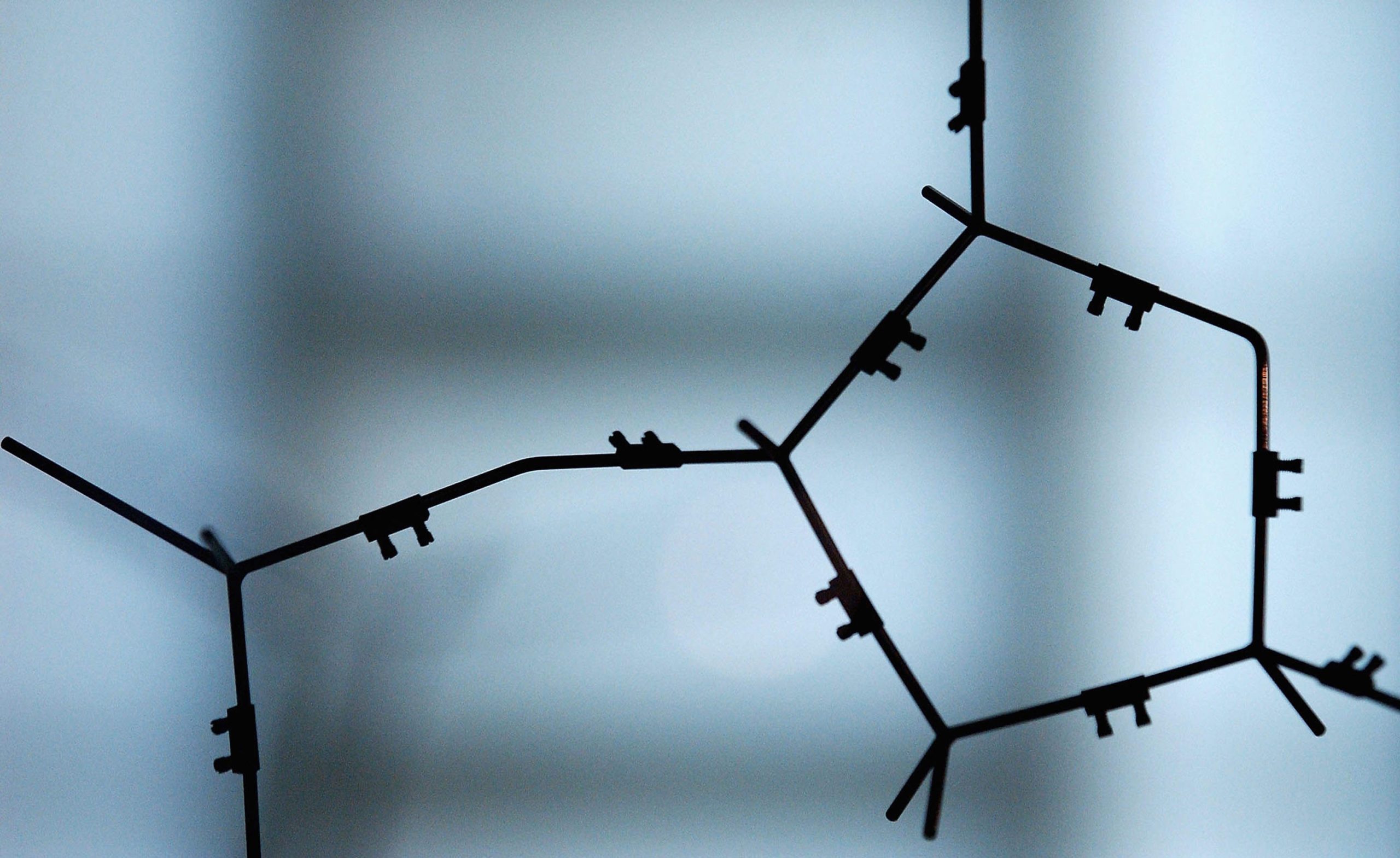
Sensational news: scientists have detected the nonce gene. Well, not the nonce gene as such, but a team of researchers writing in the International Journal of Epidemiology have made themselves fairly sure that such a thing exists. By studying the family relationships of those found guilty of sexual offences in Sweden between 1973 and 2006, the group concluded that a man whose father or brother was convicted of a sexual offence against an adult or a child was himself four to five times more likely than a man with no such relatives to receive such a conviction himself. And wouldn’t it be a relief if there was a nonce gene? If we could isolate them – the bad ones, the ones who can’t be trusted, the ones who don’t know any better – and separate them from the rest of the population?
There is a general allergy to thinking of sexual offenders as people like us. Actually, there is a general allergy to thinking of sexual offenders as people at all. That, presumably, is why, in the Brass Eye episode on paedophilia, DJ Neil Fox was willing to read out something as startlingly nonsensical as this: “Paedophiles have more genes in common with crabs than they do with you and me. Now that’s a scientific fact. There’s no real evidence for it, but it is scientific fact.” (Fox himself was arrested in March on allegations of historic sex offences.) But sexual violence is a regular kind of monstrosity. Around one in five women in England and Wales has been the victim of a sexual offence. Figures obtained by the NSPCC show that 22,654 sexual offences against children were recorded in the year 2012-3, probably representing only a small proportion of the whole. If the perpetrators of these crimes are monsters, they are a regular kind of monster.
“We’ve got everybody here you could imagine,” Lynn Saunders, governor of HMP Whatton in Nottinghamshire, told Radio 4 documentary Inside the Sex Offenders’ Prison. “Vicars, teachers, airline pilots, police officers, prison officers, doctors… people with learning disabilities, who have low IQ and complex mental health problems.” There are some things these men may hold in common beside their crimes: “We deal with some very damaged people who have been the victims of all kinds of things, whether it be the care system, or mental ill health, or learning disability, or simply poor life choices,” says Saunders. But the “path to offending”, as Whatton’s specialists call it, is complex and varied, and men convicted of the same crime may have very different motivations.
Even when it comes to an apparently singular evil such as paedophilia, Whatton’s staff make a distinction between the “true paedophile” – someone whose sexual orientation is always and exclusively towards children – and the opportunistic offender, for whom a child is not the preferred victim but merely the most accessible one. If we know that there is this much ambiguity in the background of sexual offences, what sense can it make to talk about them being “genetically predetermined”? Not, it turns out, very much. Take the most basic measurement used in the Swedish study – conviction for a sexual offence. Presumably, this was chosen because it was considered a reliable constant, but the law is a part of culture, and culture is vulnerable to all the variability of humans. What qualifies as a crime is flexible.
Between 2003 and 2010 (a period that includes the last three years covered by the study), the number of reported rapes in Sweden almost tripled. In all likelihood, this wasn’t because of a mass crime wave, but because of a change in attitude: in previous decades, victims might have perceived a particular act against them as “normal”, or had so little expectation of justice that they didn’t even bother to go to the police. That means that the early decades of the study almost certainly include multiple instances of sexual violence that simply can’t be counted. Perhaps these unknowable crimes would have followed the pattern of family relations, or perhaps they wouldn’t. We can’t tell, and that means the research can’t help. The figures also include convictions for possession and distribution of child pornography – a crime made exponentially easier to commit by the internet. How many men in the Seventies, Eighties or Nineties only escaped paedophilia for lack of a modem?
The certainty of the paper comes undone with any scrutiny at all. There is one thing we can categorically say these criminals have in common, however. It isn’t specifically addressed by the International Journal of Epidemiology paper, and nor did it come up in Inside the Sex Offenders’ Prison. Perhaps it seemed too obvious to mention, but it’s this: the men convicted of sexual offences are all men. “Since less than 1 per cent of convicted sexual offenders were female, only male offenders and their fathers and brothers were included in the sample,” says the paper, casually dancing over by far the most important and least studied shared attribute of sexual offenders.
Does this mean that sexual violence is the genetic inheritance of men? No, because we are not our genes – or at least, not in the crude additive way the paper implies, as it tots up genetic factors (40 per cent), non-shared environmental factors (58 per cent) and shared environmental influences (2 per cent) to create a whole person. This is not quite how genes work, as Rebecca Jordan-Young explains in her book Brain Storm: their ultimate expression is not fixed at conception, but modified by the environment throughout life until the trait they refer to has finished developing. And when it comes to sex-linked behaviours such as rape, the environment is gender itself: an intricate, looping system of feedback turning male and female individuals into what our culture has determined men and women to be.
Sexual offending is not “written in DNA”, as the Telegraph has it. Nor are we obliged to believe, as the Mail tells us, that “sex crimes may run in a family’s male genes”. (In any case, it makes minimal sense to talk about “male genes” when many male-specific conditions are related to the X chromosome.) At Whatton, the staff work to make the inmates into the kind of men who will not offend again. Saunders claims success, with a reoffending rate of just 6 per cent compared to 50 per cent for the general prison population – although other research suggests that recidivism among sexual offenders may be much higher than official statistics record. Perhaps individual sex offenders can be reliably changed, perhaps not – but at the social level, male violence is not an inevitability. We have made the world in which this exploitation and abuse of women and children takes place. We can make another, better one where violence, power and sexual domination are not what it means to be a man.





